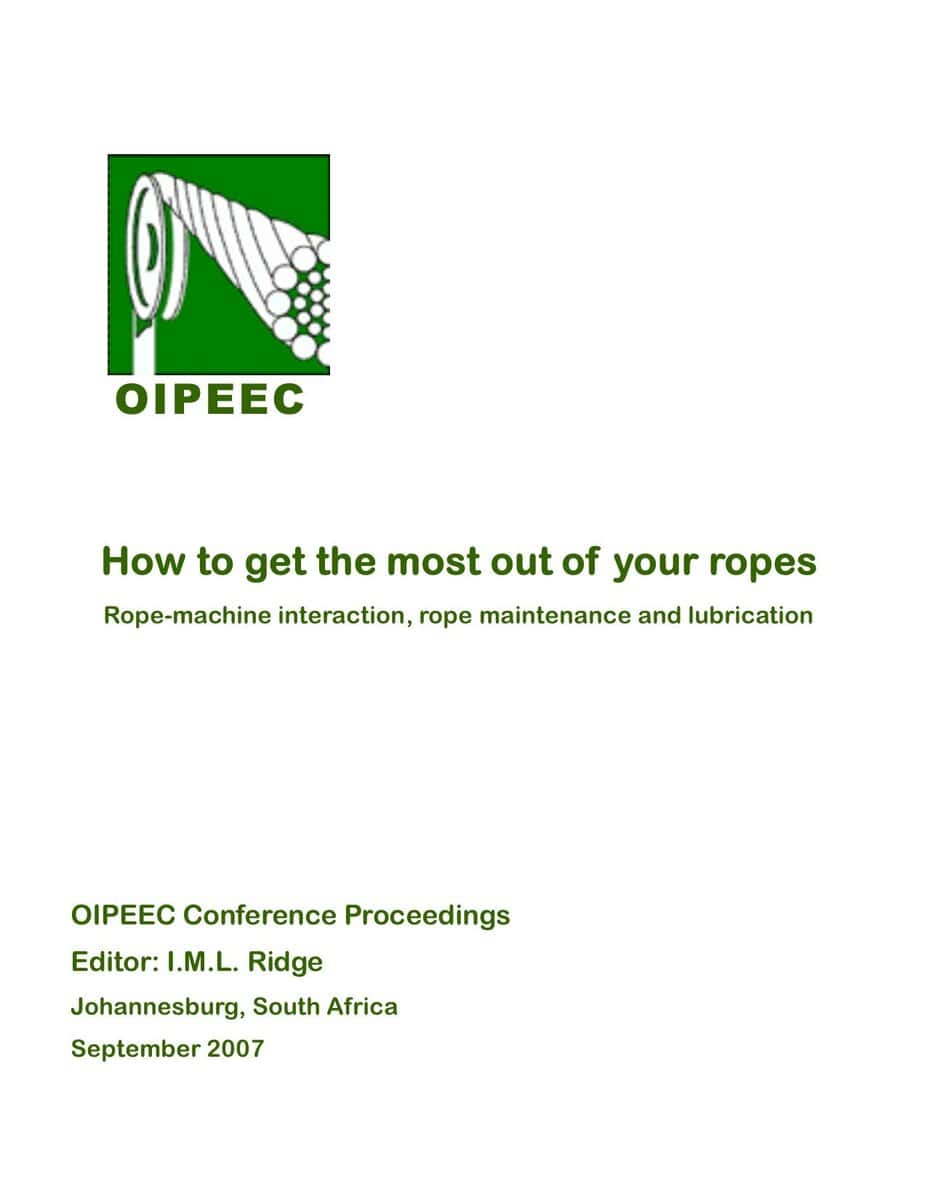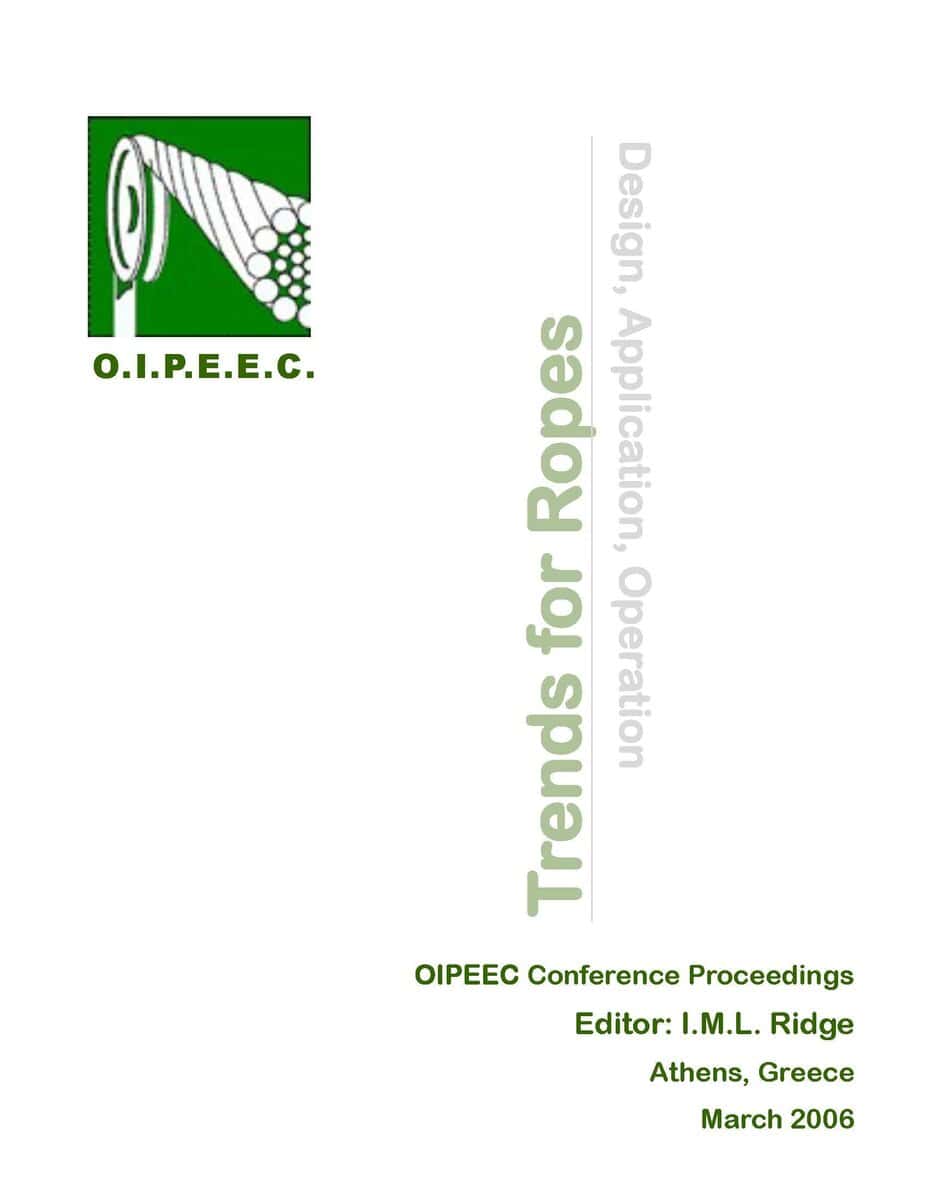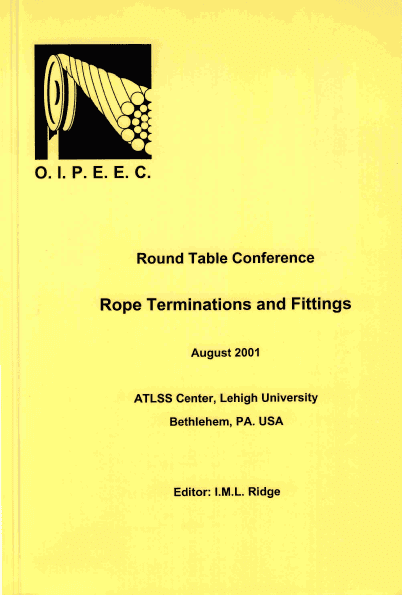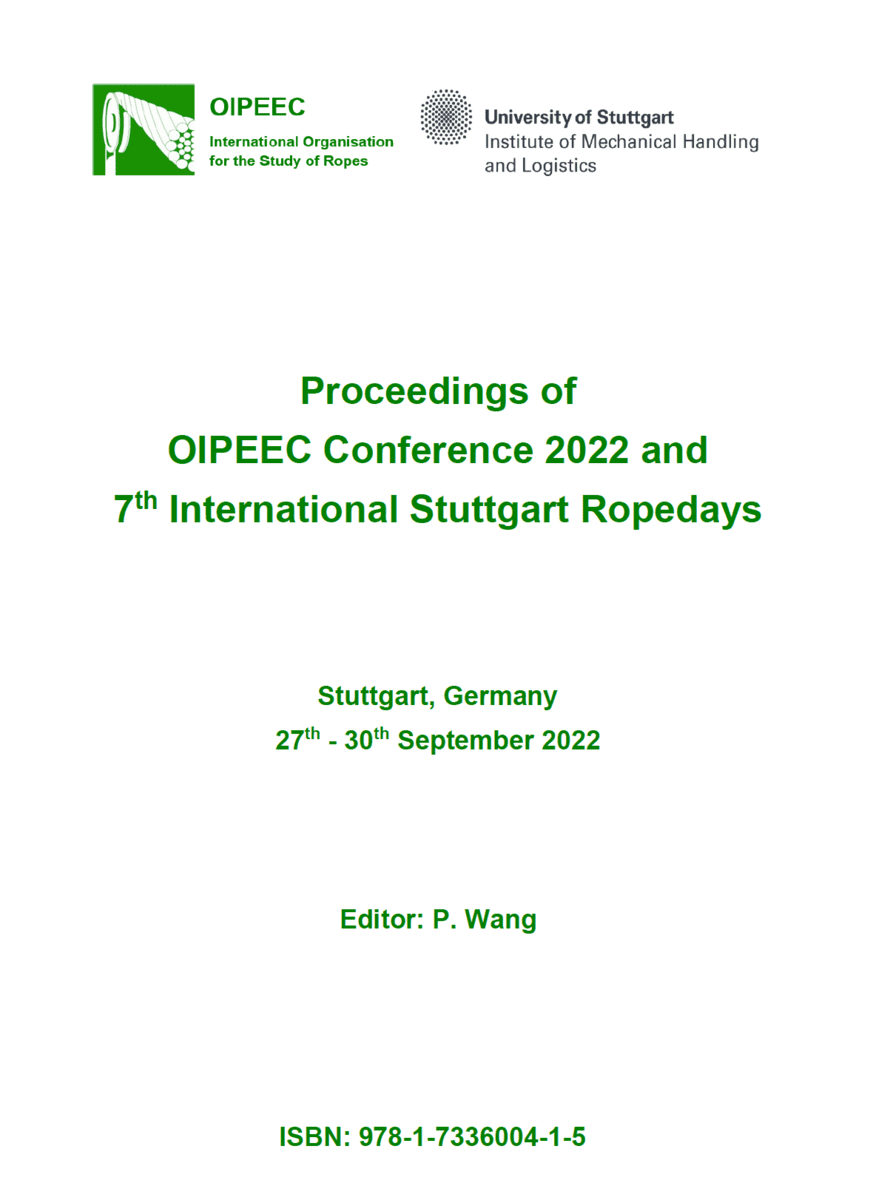Modelling fatigue damage distribution to inform slip and cut policy for riser tensioner ropes
€0.00
The paper describes a method whereby the distribution of fatigue damage along riser tensioner ropes is calculated, taking account of heave motion, set tension, system geometry, tidal range and rope specification. From these data the distribution of damage along the rope is calculated for a given time period using a Miner’s summation method. This information can then be used to help the operator decide on the length of rope to ‘slip and cut’ whereby a length from the end of the rope is removed and the rope moved through the system from a storage drum such that sections of rope that have already suffered significant fatigue damage are not moved to positions where there is another peak in the distribution. There are two main advantages to be gained by using the fatigue damage model. The first is that it shows the amount of fatigue damage accumulating at different points along the rope, enabling the most highly damaged section to be removed well before failure. The second is that it makes for greater efficiency, as damage can be spread more evenly along the rope over time, avoiding the need to scrap long sections of undamaged rope.
Author(s): Chaplin, C.R., Bradon, J.E. & Ridge, I.M.L.




